Firstly, it is hard to find fault with the RSPB at all, they are without a shadow of a doubt one of the best and most successful in terms of “on the ground” conservation achievement of any Charitable Trust.
One element is cause for concern, there certainly appears to be, again no great surprise, a flexing of muscles by some of our larger charities, particularly the National Trust, Woodland Trust and now the RSPB.
There is a lot of money at stake, through grant/subsidies donations, and the many conflicting methods and opinions of Charitable Trusts for on the ground work. This is cause for concern as the future for our woodlands will become a battleground of large charities, who (without any real evidence), it can be assumed are already in negotiation with Government. The fact that the term “heritage woodland” is used is a huge clue that the NT are further advanced in discussion than we would think at the moment. This is not a good thing and contradicts the access debate hugely due to the fees imposed by the NT on any non-member (or any other large Trust that enters the fray).
Mark Avery’s comments reflect mainly on those small rectangular and square spruce plantations we see in our upland areas. And with regards to these his comments are 100% accurate. If it were not for the radical change in opinion at the time FC dedication schemes gave way to WGS and the work of an unsung hero – Dr Simon Bell, a landscape architect for the FC at the time, the whole current debate and fears would be exactly in tune with Averys’ comments.
He does appear to be relatively oblivious to the monumental changes that have occurred, this is not “waxing and waning” – the FC are simply not the same organisation they were. It is always worth remembering that the standpoint of the RSPB is “deep green”, they are opposed to almost all forms of agriculture, silviculture and any form of development (they have opposed almost all windfarms often successfully and other sustainable developments) anything that disturbs bird life. This blog is a classic example of their incumbent position.
The result of the current situation is going to alter the future of UK land management for Quangos, private industry and the Charitable Trusts. All three sectors have problems of some kind or another. This year is going to see a huge and varied debate, for which we are all going have to be involved in till the last.













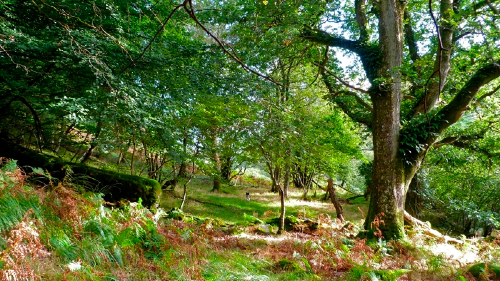
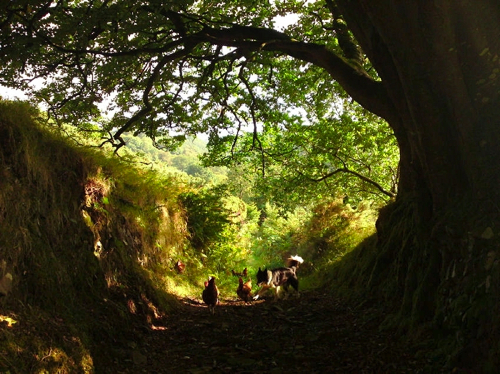
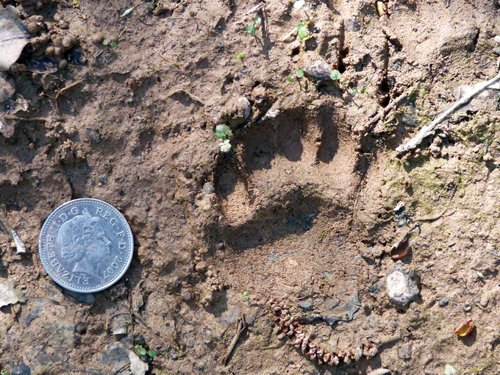


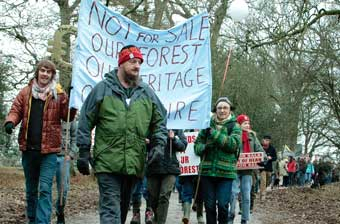

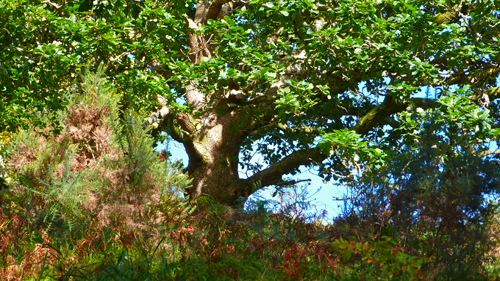

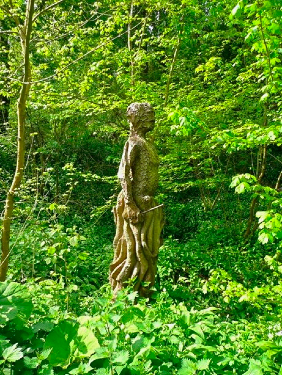
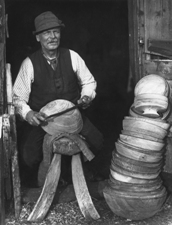



As a lifetime supporter of the Woodland Trust I will withdraw my support if they buy publicly owned forests.
I think one reason, perhaps, that the charitable trusts have not thrown their full weight behind the public campaigns is that the land lumper together as the Public Forest Estate, generalised as ‘forests’, is a bit more complex than perhaps many appreciate. Comprising ancient semi-natural woodland (ASNW), secondary woodland, wood-pasture, Plantations on Ancient Woodland Sites (PAWS), Forests (capital ‘f’), conifer forests (both recreation and/or timber), heathland and grassland, there is a huge difference between the requirements of these habitats, the way they are cared for and who is best able to do it. The main conservation charities already care for much of these various forms of land and have done so successfully for many a year.
I agree that perhaps they could be a bit more vocal on the offending clauses in the Public Bodies Bill to enable to sell off the 85% that the consultation is all about, but i also feel that in one fell swoop they are being demonised because they have not thrown themselves behind the public campaigns. I have to say, in my opinion, that the public campaigns do not adress the vagaries of the land collectively called ‘forests’ and that scare stories of golf courses and development are overstated. They also forget that many a wood in private hands has been saved by organisations such as the Woodland Trust from just such a fate, and are now open to the public. Look up Penn Wood in Buckinghamshire or the Hucking Estate in Kent (i think.. can’t remember for sure where it was). Short memories. I have my criticisms of the Woodland Trust but not their campaigning and ability to save woods from the pressures of economics.
Though the different conservation charities have areas where their expertise varies, there is a general consensus upon how such habitats are cared for. All woodland for instance is FSC certified by UKWAS which the Woodland Trust, if memory serves me, had to convince the Forestry Commission was a good idea. All organisations adhere to species and habitat protection and all have sucess stories of reversing the declines of both. Short memories.
By the way, the term ‘heritage woodland’ is not ‘ a huge clue that the NT are further advanced in discussion’, its used to denote the old hunting Forest’s set up by the Normans. Forest, in this sense was a legal term meaning a place of deer rather than of trees, hence why so many Forests are not that wooded.The term ‘heritage’ is applied to note this historic importance. Nothing more. Read anything by Oliver Rackham to learn more. Also, though the NT charge non-members to enter the formal houses and gardens they do not charge for the vast swathes of countryside they care for. Near me are about 9 woods, free for everyone but their upkeep and habitat management paid for by the members.I agree with your views that ‘the FC are simply not the same organisation they were’, but have to broadly agree with Mark Avery who is , for me, one of the few voices of sanity out there.
I do support the grassroots campaign but cringe at much of the misunderstanding of our nations woods. I admit a bias. I work for one of the conservation charities, spending my working day in beautiful sessile oakwoods i am addicted to, monitoring a sizeable population of dormice and managing for nationally declining fritillary butterflies. In my spare time i walk in other woods and read every available text so i know every argument behind every activity i undertake, aware that such habitats require such conscientousness. The conservation charities are full of eprience and expertise. Don,t knock them. On a daily basis i hear so much misunderstanding about the woods from the public. As Oliver Rackham says in Woodlands (2006) ‘ Many woods, whether nature reserves or not, are in effect public places. Woods are now appreciated (though not yet understood) as never before’.
Don’t get me wrong, i support campaigns such as yours and see no reson why The Forestry Commission should not continue, but don;t knock other groups with as much expertise just because they have not leapt upon the media bandwagon. We all want the same thing.
Is this the Penn Wood bought by the Woodland Trust after a hard fought campaign to stop the land being turned into a golf course by its private owner?
It’s true – the Woodland Trust and especially their WoodWatch scheme keeps a close on eye on woodland and they do a cracking job at stopping developments of private woodland. Their campaigns are often hard fought and many times won – just like with Penn Wood where, along with many local people, organisations and through Forestry Commission grants, they managed to raise £1.2 million to buy the land from the private owner to preserve it for future generations.
The Woodland Trust use it as a great case study in their “Why the UK’s Ancient Woodland Is Still Under Threat” document from 2000:
This is what the Woodland Trust is best at – working with the community in a “big society” way and collaborating with the community and Forestry Commission (and their grants) to do so.